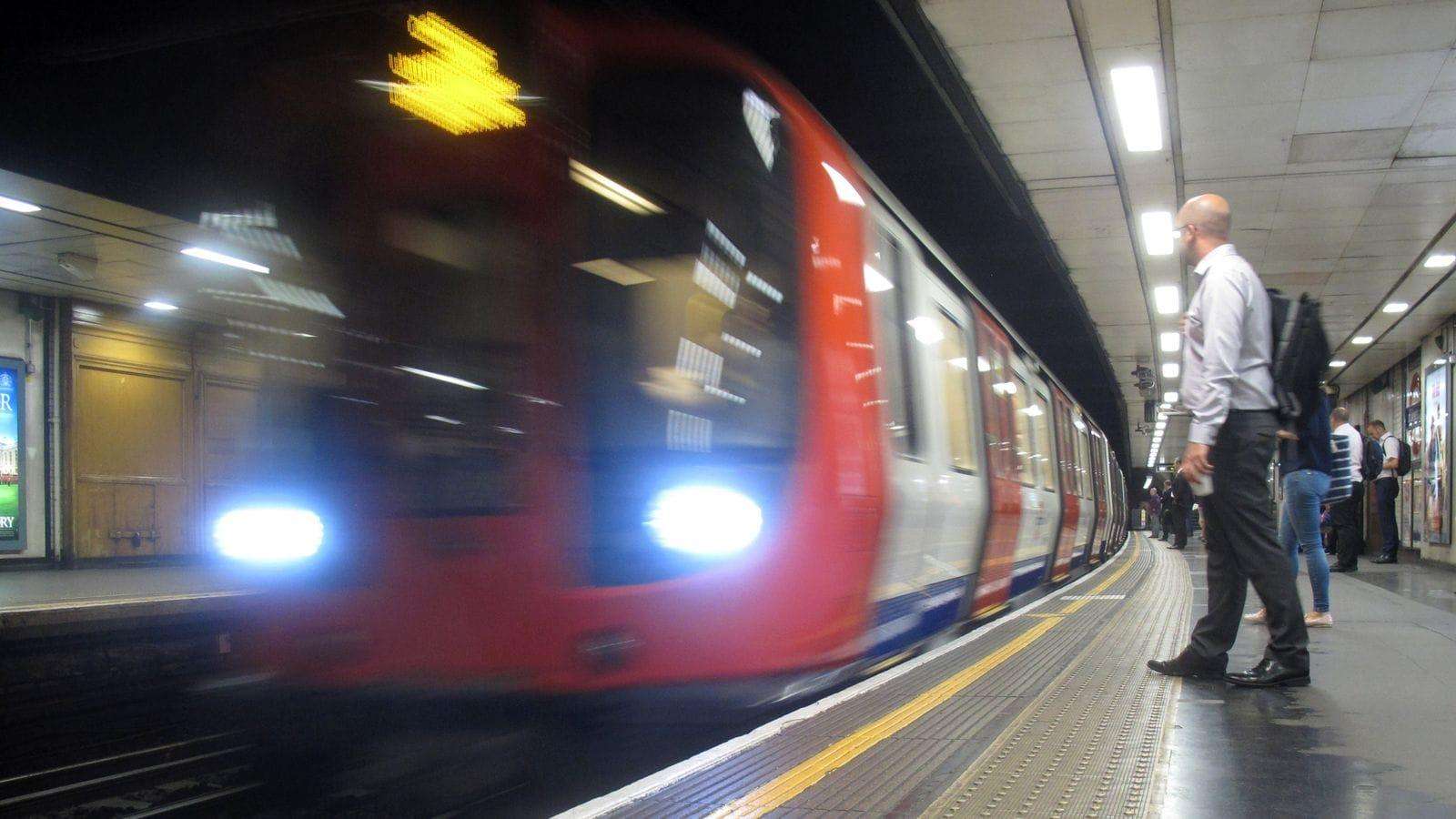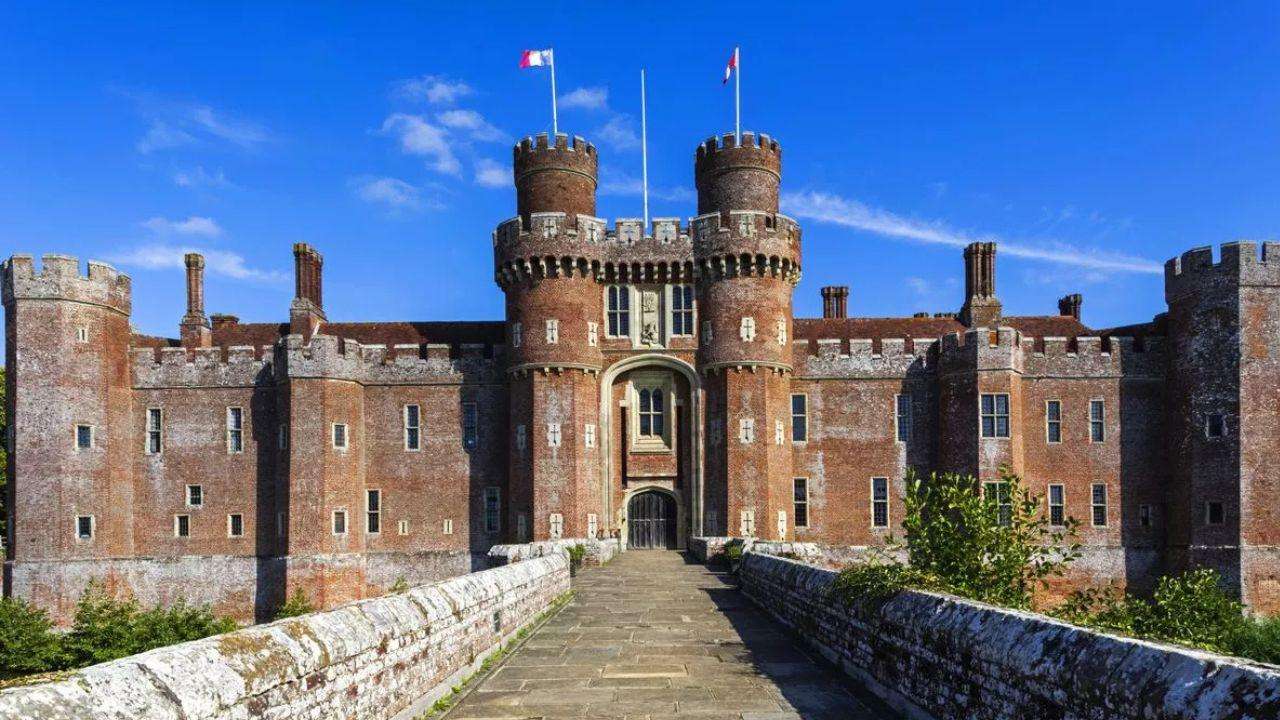Just two hours from London, nestled in the scenic heart of The Weald, lies one of Britain’s most magical castles—frequently ranked among the top ten in the UK. Surrounded by lush rolling hills and dense woodland, this fairytale-like fortress captivates visitors with its striking round turrets, grand moat, and impressive drawbridge. It’s the kind of place that stops you in your tracks.
But it’s not just the breathtaking scenery that gets people talking—this castle is also notorious for something else entirely: its nearly impossible-to-pronounce name. Is it "Hurty-monsoon"? "Hester-monster"? Or maybe "Hasta-mon-sowe"? All good tries, but none are quite right.
Welcome to Herstmonceux Castle, a 15th-century moated manor located in East Sussex. Built in 1441 by Sir Roger Fiennes, who served as treasurer to King Henry VI, Herstmonceux is one of the oldest brick buildings in England. The grand project cost £3,800 at the time—a small fortune—and has stood the test of time in more ways than one. Today, it’s owned by Queen’s University in Kingston, Canada.
So where does this tongue-twister of a name come from? The story traces back to the Anglo-Saxon village of Herst, listed in the Domesday Book of 1086. After the Norman conquest, William the Conqueror granted the land to a loyal supporter named Wilbert. Generations later, Wilbert’s descendant Idonea de Herst married Ingelram de Monceux, a Norman nobleman. Their family name merged with the village name, eventually becoming Herstmonceux, pronounced "Herst-mon-sew"—just three syllables.
Sir Roger Fiennes inherited the estate as part of the Monceux lineage and constructed the stunning fortress we admire today. After the Fiennes family line ended, the estate passed to their relatives, the Dacres, before being sold in 1708 to lawyer George Naylor. Later, Naylor’s nephew, Robert Hare-Naylor, controversially gutted the castle’s interior in 1777, leaving only its dramatic exterior—a move historians still frown upon.
For over a century, the castle remained a picturesque shell until 1913, when Colonel Claude Lowther purchased it and hired architect Walter Godfrey to fully restore its interior. After World War II, the Royal Navy acquired the property in 1946. By 1957, due to London's increasing light pollution, the Royal Observatory was relocated from Greenwich to Herstmonceux, where it remained until 1988. In 1993, Queen’s University took over, giving the castle a new international life.
So while the name may be tricky to pronounce, Herstmonceux Castle is undeniably one of England’s most spellbinding hidden gems—rich in history, beauty, and charm.

_4.jpg)
_6.jpg)
_1.jpg)




.svg)



